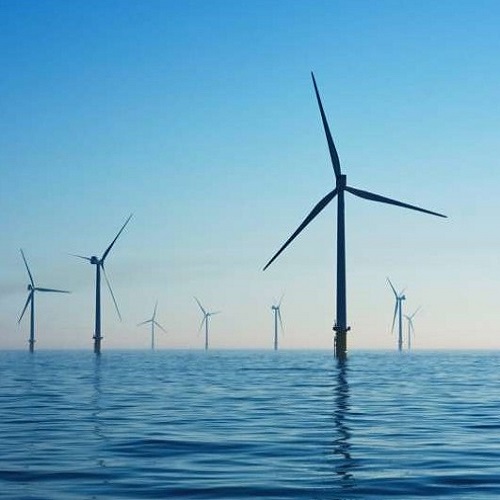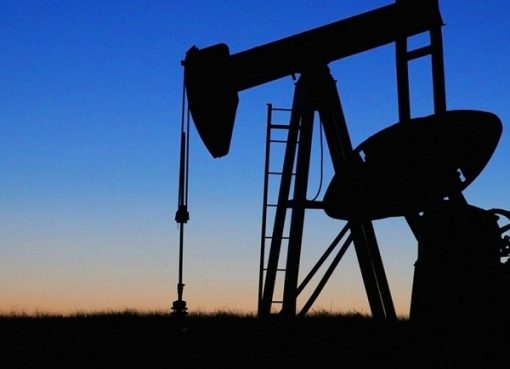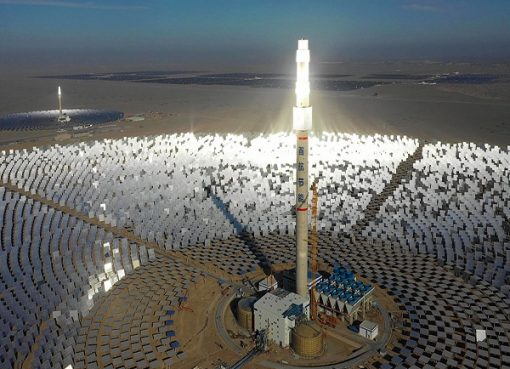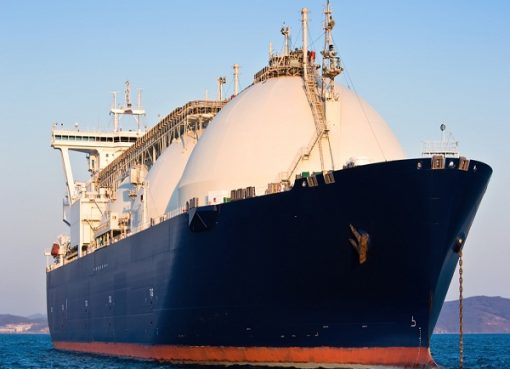Offshore wind farms bring environmental benefits throughout their life cycle. This understanding emerges from a study published in the international journal Sustainable Production and Consumption in which researchers from Politecnico di Milano analyzed the potential environmental impacts of a floating offshore wind farm undergoing authorization off the coast of Sicily.
The analysis included the phases of procurement of materials, transport of components, assembly and installation with specialized vessels, maintenance during operation, disassembly and end-of-life.
“The analysis also included the other components required for building an offshore wind farm, with a particular focus on the electrical system for transmitting the energy produced, in order to assess the contribution of the implementation complexity of offshore installations to the wind farm overall impact,” Lucia Rigamonti, professor in Methodologies for Life Cycle Thinking, explains.
Results show that comparing 1 GWh of energy taken from the national grid with 1 GWh of energy produced by the wind farm, the overall impacts of wind power are significantly reduced for almost all impact categories analyzed: in the ‘climate change’ category, the benefit is a 92% reduction in impacts, and worsening is only observed in the ‘abiotic depletion’ category (+95%).
Furthermore, this technology would allow to avoid generating energy from fossil fuels, and therefore, as the results show, related investments would be quickly repaid in terms of greenhouse gas emissions and energy, in 2 and 3 years, respectively.
“Overall, the results of the analysis provide a rough indication that helps make us aware of the environmental loadings of a renewable electricity generation system and to compare it with other energy sources,” Gaia Brussa, researcher at the Department of Civil and Environmental Engineering at Politecnico, explains. “However, it must be kept in mind that this is currently a preliminary estimate based on the design choices presented for the scoping phase of the Environmental Impact Assessment.”
Scientific literature is still insufficient when it comes to life cycle analysis (LCA) of offshore wind farms with large turbines (over 15 MW) installed on floating structures reflecting recent industry developments and current market trends. However, in order to assess their true environmental sustainability, it is important to analyze renewable electricity generation technologies from a life-cycle perspective.
Source: techxplore










